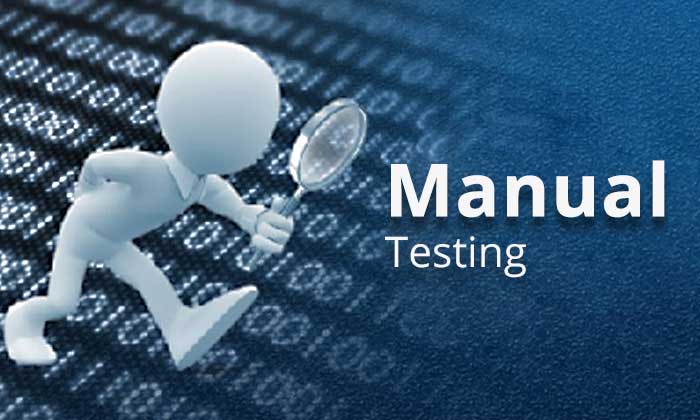Description
Introduction
Oracle Hyperion’s data integration and ETL (Extract, Transform, Load) capabilities enable seamless data flow between enterprise systems and Hyperion applications. This course provides participants with essential knowledge of data integration processes, tools, and best practices to ensure accurate and timely data for financial and operational reporting.
Prerequisites
- Basic knowledge of Oracle Hyperion products
- Familiarity with ETL concepts and data transformation techniques
- Understanding of relational databases and SQL
Table of Contents
- Overview of Data Integration in Oracle Hyperion
1.1 Role of Data Integration in Hyperion Applications
1.2 Introduction to ETL Processes and Tools
1.3 Benefits of Automated Data Integration - Setting Up Data Sources and Connections
2.1 Identifying Data Sources (ERP, CRM, and External Systems)
2.2 Configuring Data Connections with Hyperion Applications
2.3 Managing Data Security and Access Control - Data Extraction Techniques
3.1 Extracting Data from Relational Databases(Ref: Supplier Management in Coupa: Onboarding and Compliance)
3.2 Using APIs and Data Feeds for Extraction
3.3 Handling Large Data Volumes and Incremental Extracts - Transforming Data for Hyperion Applications
4.1 Data Cleansing and Formatting Techniques
4.2 Mapping and Aligning Data Structures
4.3 Managing Data Transformation Rules - Loading Data into Oracle Hyperion Applications
5.1 Loading Data into Planning and Financial Management Systems
5.2 Automating Data Loads Using Scripts
5.3 Handling Data Errors and Validation Issues - Using Hyperion Data Integration Tools
6.1 Overview of Oracle Data Integrator (ODI)
6.2 Introduction to Financial Data Quality Management (FDMEE)
6.3 Automating Workflows and Schedules - Monitoring and Troubleshooting Data Integration Processes
7.1 Monitoring Data Loads and ETL Processes
7.2 Identifying and Resolving Integration Errors
7.3 Maintaining Data Consistency and Quality - Managing Data Synchronization Across Systems
8.1 Ensuring Data Consistency Between Hyperion and Source Systems
8.2 Managing Real-Time and Batch Data Synchronization
8.3 Using Change Data Capture (CDC) Techniques - Performance Optimization and Best Practices
9.1 Optimizing ETL Performance for Large Data Sets
9.2 Managing Network and Server Resources Effectively
9.3 Implementing Best Practices for Data Integration - Future Trends in Data Integration and ETL
10.1 Cloud-Based Integration and Data Migration
10.2 Leveraging AI for Data Transformation and Automation
10.3 Preparing for Emerging Data Integration Technologies(Ref: Blue Yonder Data Integration and API Usage)
Conclusion
This course equips participants with fundamental knowledge of Oracle Hyperion’s data integration processes and ETL techniques. By mastering data extraction, transformation, and loading methods, participants will ensure seamless data flows, improve data accuracy, and optimize reporting efficiency. Understanding integration best practices helps organizations achieve real-time insights and maintain high-quality data for better decision-making.







Reviews
There are no reviews yet.